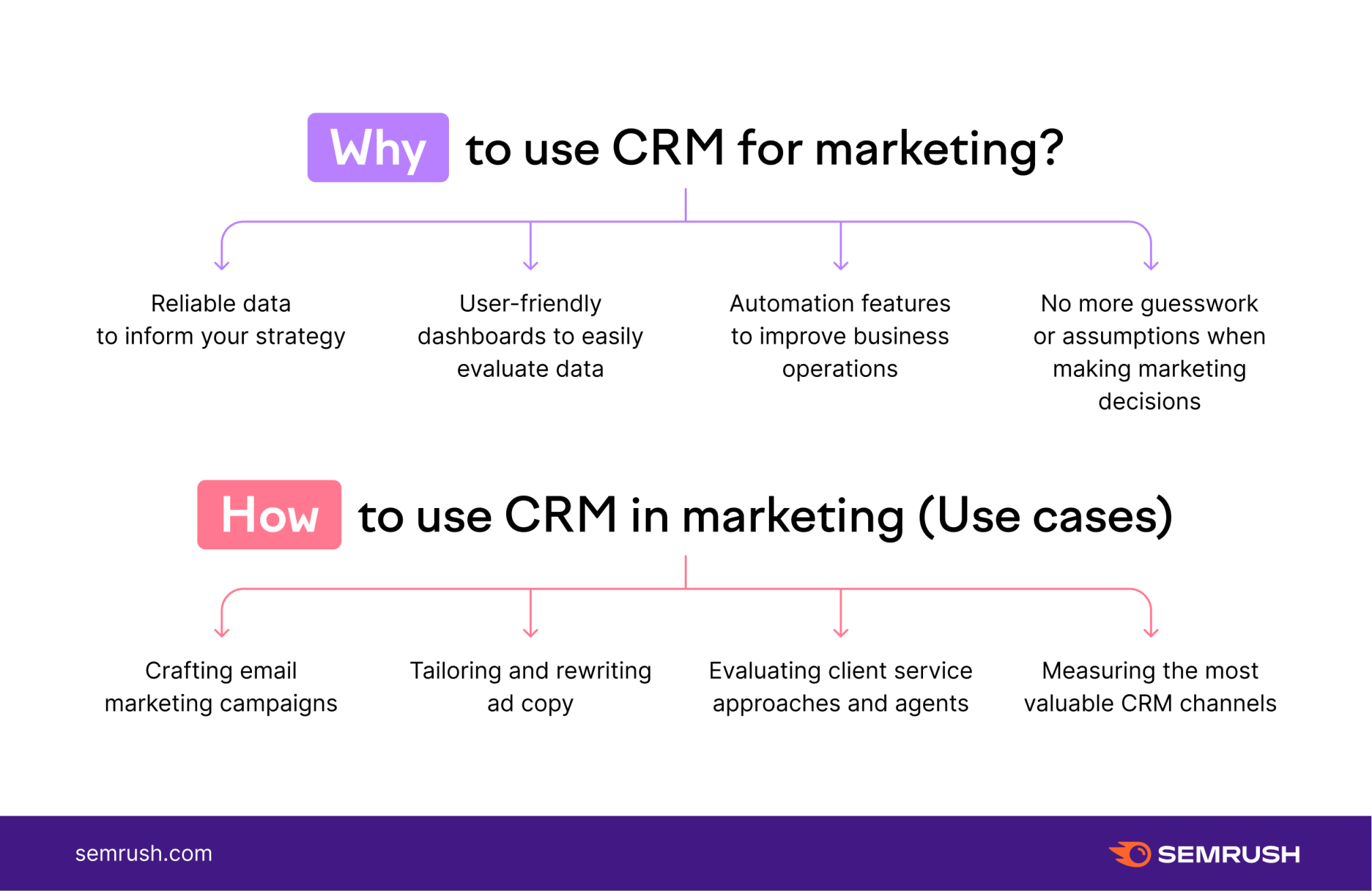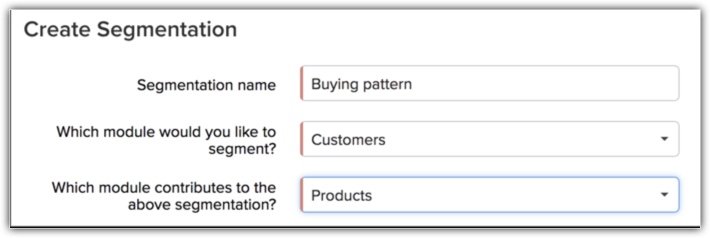
Unlocking the Power of CRM Integration with Celoxis
In today’s fast-paced business environment, staying ahead of the curve requires more than just hard work; it demands smart work. And a critical component of smart work is leveraging technology to streamline processes, improve efficiency, and ultimately, boost the bottom line. One of the most impactful ways to achieve this is by integrating your Customer Relationship Management (CRM) system with other vital business tools. This article delves into the specifics of CRM integration with Celoxis, a powerful project management and work collaboration software, exploring the benefits, the how-to’s, and the best practices to ensure a seamless and successful implementation.
Before we dive deep, let’s establish a baseline understanding. CRM systems, such as Salesforce, HubSpot, and Zoho CRM, are designed to manage and analyze customer interactions and data throughout the customer lifecycle, with the goal of improving business relationships with customers, assisting in customer retention, and driving sales growth. Celoxis, on the other hand, is a comprehensive project management solution that helps businesses plan, track, and collaborate on projects, manage resources, and monitor performance. The integration of these two platforms creates a synergistic effect, where customer data from the CRM is accessible within Celoxis, and project data from Celoxis can be reflected in the CRM, providing a unified view of the customer journey and project execution.
Why Integrate CRM with Celoxis? The Benefits Unveiled
The advantages of integrating your CRM with Celoxis are numerous and far-reaching. They touch upon various aspects of your business, from sales and marketing to project management and customer service. Here’s a breakdown of the key benefits:
- Enhanced Customer Visibility: By integrating your CRM and Celoxis, you gain a 360-degree view of your customers. You can see not only their contact information, purchase history, and interactions with your sales and marketing teams (from your CRM), but also their project involvement, project status, and any issues or support requests related to their projects (from Celoxis). This comprehensive understanding empowers your team to provide more personalized and effective customer service, which is a significant competitive advantage.
- Improved Collaboration and Communication: Integrated systems facilitate seamless information flow between teams. Sales teams can instantly see the status of projects related to their clients, enabling them to provide accurate updates and manage expectations. Project teams can access customer data directly within Celoxis, eliminating the need to switch between platforms or manually transfer information. This enhanced collaboration reduces communication silos and promotes better teamwork.
- Streamlined Workflow and Automation: Integration allows you to automate repetitive tasks and streamline workflows. For example, when a new deal is won in your CRM, you can automatically create a corresponding project in Celoxis, pre-populated with relevant customer information and project details. This automation saves time, reduces manual errors, and allows your team to focus on more strategic activities.
- Data-Driven Decision Making: Integrated systems provide a consolidated view of your data, making it easier to analyze trends, identify patterns, and make informed decisions. You can track key performance indicators (KPIs) across both platforms, such as customer acquisition cost, project profitability, and customer satisfaction. This data-driven approach helps you optimize your processes, improve your performance, and achieve your business goals.
- Increased Efficiency and Productivity: By eliminating the need to switch between platforms, manually enter data, and chase down information, integration significantly boosts efficiency and productivity. Your teams can focus on their core responsibilities, knowing that they have access to the information they need, when they need it.
- Reduced Errors: Manual data entry is prone to errors. Integration automates data transfer, reducing the risk of errors and ensuring data accuracy across both platforms.
Planning Your CRM-Celoxis Integration: A Step-by-Step Guide
Successfully integrating your CRM with Celoxis requires careful planning and execution. Here’s a step-by-step guide to help you navigate the process:
- Define Your Objectives: Before you begin, clearly define your integration goals. What do you want to achieve by integrating your CRM and Celoxis? Are you looking to improve customer service, streamline project management, or gain better insights into your business? Defining your objectives will help you choose the right integration method and ensure that your implementation meets your needs.
- Assess Your Current Systems: Take stock of your existing CRM and Celoxis setups. What features are you currently using? What data is stored in each system? Understanding your current systems will help you identify potential challenges and opportunities for improvement.
- Choose an Integration Method: There are several ways to integrate your CRM with Celoxis, each with its own pros and cons. The most common methods include:
- Native Integration: Celoxis may offer native integration capabilities with popular CRMs. This is often the easiest and most straightforward method, as it provides pre-built connectors and pre-configured workflows.
- API Integration: Both CRM and Celoxis offer APIs (Application Programming Interfaces) that allow you to build custom integrations. This method provides greater flexibility and control, but it also requires more technical expertise.
- Third-Party Integration Platforms: Platforms like Zapier, Integromat (now Make), and Tray.io provide pre-built connectors and workflow automation tools that simplify the integration process. This is often a good option for businesses that lack in-house development resources.
Consider your technical capabilities, budget, and integration requirements when choosing a method.
- Plan Your Data Mapping: Data mapping involves identifying which data fields in your CRM will be mapped to corresponding fields in Celoxis. This is a crucial step to ensure that data is transferred accurately and consistently between the two systems. Carefully plan your data mapping to avoid data discrepancies and ensure that the information you need is available in both platforms.
- Test Your Integration: Before deploying your integration to your production environment, thoroughly test it in a staging environment. This will help you identify and resolve any issues before they impact your users. Test the data transfer, workflow automation, and user interface to ensure that everything is working as expected.
- Deploy Your Integration: Once you’ve thoroughly tested your integration, you can deploy it to your production environment. Provide adequate training to your users on how to use the integrated systems.
- Monitor and Optimize: After deploying your integration, continuously monitor its performance and make adjustments as needed. Track key metrics, such as data accuracy, workflow efficiency, and user satisfaction. Regularly review your integration and make optimizations to ensure that it continues to meet your business needs.
Deep Dive: Specific Integration Scenarios and Examples
Let’s explore some specific integration scenarios and examples to illustrate how CRM integration with Celoxis can be implemented in practice:
- Lead Management: When a new lead is created in your CRM (e.g., Salesforce), the integration can automatically create a corresponding project in Celoxis. This project can be pre-populated with lead information, such as the lead’s name, contact details, and any relevant notes. The project manager can then assign tasks to team members, track the progress of the lead, and manage communication with the lead.
- Sales Pipeline Tracking: As opportunities progress through your sales pipeline in your CRM, the integration can update the status of related projects in Celoxis. For example, when an opportunity reaches the “Closed Won” stage, the integration can automatically trigger the creation of a new project in Celoxis to manage the implementation or delivery of the product or service.
- Customer Onboarding: When a new customer is acquired, the integration can automatically create a customer onboarding project in Celoxis. This project can include tasks such as setting up the customer’s account, training the customer on how to use your product or service, and providing ongoing support.
- Project-Based Customer Support: If your business provides project-based customer support, you can integrate your CRM with Celoxis to provide a centralized view of customer issues and project statuses. When a customer submits a support request in your CRM, the integration can automatically create a task in Celoxis for the support team. The support team can then track the progress of the issue, communicate with the customer, and update the status of the task in Celoxis. The CRM will then reflect the latest information.
- Reporting and Analytics: Integrate data from both systems into a single reporting dashboard. This allows you to correlate sales data with project performance metrics, providing a holistic view of your business. You can track customer lifetime value (CLTV) against project profitability, identify the most successful projects and sales strategies, and make informed decisions based on comprehensive data.
These examples illustrate the versatility of CRM-Celoxis integration and how it can be tailored to meet the specific needs of your business.
Choosing the Right Tools: Considerations for CRM and Celoxis Selection
The success of your CRM-Celoxis integration hinges on choosing the right tools. Here are some key considerations when selecting your CRM and Celoxis solutions:
- CRM Selection Criteria:
- Scalability: Ensure your CRM can handle your current and future data volume and user base.
- Customization: The CRM should allow for customization to meet your specific business needs and workflows.
- Integration Capabilities: Choose a CRM with robust integration capabilities, including APIs and pre-built connectors.
- User-Friendliness: Select a CRM that is easy to use and navigate, minimizing training time and maximizing user adoption.
- Pricing: Consider the pricing model, including subscription costs, implementation fees, and ongoing maintenance costs.
- Celoxis Selection Criteria:
- Project Management Features: Celoxis should offer comprehensive project management features, including task management, resource allocation, time tracking, and reporting.
- Collaboration Tools: The platform should provide effective collaboration tools, such as communication channels, file sharing, and real-time updates.
- Integration Capabilities: Ensure Celoxis offers integration capabilities with your chosen CRM and other business tools.
- Ease of Use: The platform should be user-friendly and intuitive, reducing training time and promoting user adoption.
- Pricing: Consider the pricing model and ensure it aligns with your budget and project management needs.
- Integration Compatibility: Verify that your chosen CRM and Celoxis solutions are compatible with each other. Check for pre-built integrations or API compatibility.
- Vendor Support: Evaluate the vendor support offered by both CRM and Celoxis providers. Consider factors such as customer service, documentation, and training resources.
Overcoming Challenges: Common Pitfalls and Solutions
While CRM-Celoxis integration offers significant advantages, it’s important to be aware of potential challenges and how to overcome them:
- Data Synchronization Issues: Data synchronization issues can arise if the integration is not properly configured. This can lead to data discrepancies, errors, and inconsistencies. To avoid this, carefully plan your data mapping, thoroughly test your integration, and regularly monitor your data synchronization.
- User Adoption: If users are not properly trained on how to use the integrated systems, they may resist adopting the new workflows. To address this, provide adequate training, create user-friendly documentation, and offer ongoing support. Also, highlight the benefits of the integration to users, demonstrating how it can make their jobs easier and more efficient.
- Complexity: Integrating complex systems can be challenging, especially if you lack in-house technical expertise. Consider using a third-party integration platform or hiring a consultant to assist with the implementation.
- Security Concerns: When integrating sensitive data, security is paramount. Ensure that your integration uses secure protocols and encryption methods to protect your data. Implement access controls and regularly review your security settings.
- Cost Overruns: Integration projects can sometimes exceed their budgets. To avoid cost overruns, carefully plan your budget, choose the right integration method, and monitor your expenses throughout the implementation process.
Best Practices for a Successful CRM-Celoxis Integration
To maximize the success of your CRM-Celoxis integration, consider these best practices:
- Start Small and Iterate: Begin with a pilot project to test your integration and identify any issues before rolling it out to your entire organization. Iterate on your integration based on user feedback and your evolving business needs.
- Prioritize Data Quality: Ensure that your data is accurate, complete, and consistent across both platforms. Regularly clean and update your data to maintain data quality.
- Automate as Much as Possible: Leverage automation to streamline workflows, reduce manual errors, and save time.
- Provide Regular Training: Equip your users with the knowledge and skills they need to effectively use the integrated systems. Provide ongoing training and support.
- Monitor and Measure: Continuously monitor the performance of your integration and measure its impact on your business. Track key metrics, such as efficiency gains, cost savings, and customer satisfaction.
- Document Everything: Thoroughly document your integration process, including your objectives, data mapping, and workflow automation. This documentation will be invaluable for troubleshooting, training, and future updates.
- Seek Expert Advice: If you lack the in-house expertise, consider engaging a consultant or integration specialist to assist with your implementation.
The Future of CRM and Project Management Integration
The integration of CRM and project management systems is likely to become even more critical in the coming years, driven by the increasing need for businesses to be agile, customer-centric, and data-driven. Here are some trends to watch:
- AI-Powered Integrations: Artificial intelligence (AI) and machine learning (ML) are increasingly being used to automate workflows, personalize customer experiences, and provide predictive insights. Expect to see more AI-powered integrations that can anticipate customer needs and proactively recommend actions.
- No-Code/Low-Code Integration Platforms: No-code and low-code integration platforms are making it easier for businesses to connect their systems without requiring extensive coding knowledge. This trend will democratize integration and empower more businesses to leverage the power of integrated systems.
- Focus on Customer Experience: The focus on customer experience will continue to grow. CRM-Celoxis integrations will become more sophisticated, enabling businesses to provide seamless, personalized experiences across the entire customer journey.
- Increased Mobile Accessibility: As mobile devices become more prevalent, CRM-Celoxis integrations will need to be fully accessible on mobile devices. This will enable users to access and manage data on the go, improving productivity and responsiveness.
- Integration with Emerging Technologies: As new technologies emerge, such as the Internet of Things (IoT) and blockchain, CRM-Celoxis integrations will need to adapt and evolve to support these technologies.
By staying informed about these trends, businesses can prepare for the future and ensure that their CRM-Celoxis integrations remain effective and relevant.
Conclusion: Embracing Integration for Business Success
Integrating your CRM with Celoxis is a strategic move that can unlock significant benefits for your business. By streamlining workflows, improving collaboration, and gaining a 360-degree view of your customers, you can enhance efficiency, boost productivity, and drive revenue growth. While the implementation process requires careful planning and execution, the rewards are well worth the effort. By following the guidelines and best practices outlined in this article, you can successfully integrate your CRM and Celoxis, and position your business for long-term success in today’s competitive landscape. Embrace the power of integration, and take your business to the next level.


